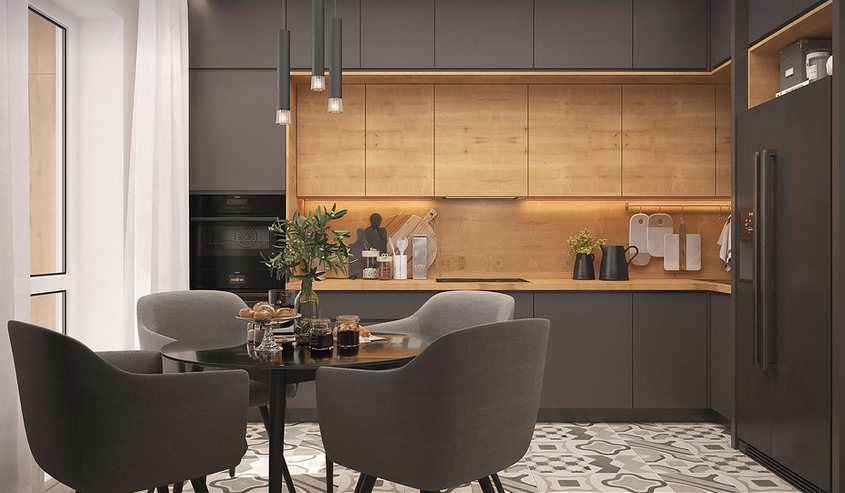
Best Headphones For Audio Engineering: Your Ears' New Best Friend
A World of Sound at Your Fingertips
As an audio engineer, your ears are the most important tools in your arsenal. They’re responsible for capturing every nuance, detail, and emotion that music has to offer. But it’s not just about raw sensitivity; you need a pair of headphones that truly bring out the best in your sound.
Choosing the right headphones can feel like choosing between two different worlds—one is full of clarity and precision, the other offers immersive depth and warmth. Finding the “best” headphone is subjective, but we’re here to help you navigate the labyrinth of options and discover the perfect fit for your studio workflow.
So, what makes a headphone worthy of its title as the king of sonic exploration for audio engineers? You’ll want to consider a few crucial factors. First, **soundstage**: how wide and three-dimensional is the “image” created by your headphones? Second, **frequency range**: what frequencies can they reproduce accurately and without distortion? Lastly, you’ll need to think about **isolation**: can these headphones block out the outside world and drown out distracting noises?
But before diving into specific models, let’s delve deeper into the essential qualities that make a headphone truly special for audio engineers.
Understanding Your Needs
Before you jump into exploring different headphone brands, take some time to understand your unique needs and preferences. If you work on acoustic recordings or mix music in a live environment, you’ll need headphones designed to handle low-frequency sounds and ambient noise. When working in a studio setting, the focus might be on precise monitoring and detailed sound analysis, where you’ll appreciate headphones that excel at clarity and accuracy.
Do you prefer open-back or closed-back designs? Open-back headphones offer wider soundstage, allowing for greater immersion and spatial awareness. On the other side of the spectrum are closed-back headphones, known for their superior isolation from external sounds, proving invaluable in focused sessions where distraction is a major enemy.
Are you looking to work on vocal tracks or instrument recordings? Open-back headphones can be better for capturing vocals and instruments with intricate details, while closed-back options might provide a more controlled listening environment.
If you’re prone to distractions, a high-quality pair of noise-isolating headphones is practically a necessity. Closed-back designs excel at this task, effectively blocking out distracting noises from the world around you and creating a focused listening environment.
Setting Priorities: Open vs. Closed backs
The battle between open-back and closed-back headphones often comes down to personal preference and working needs. Let’s explore each side:
**Open-Back Headphones:**
- **Sound Stage:** Offer wider soundstage due to the lack of enclosure, giving you a more immersive experience with music and clear audio depth.
- **Pros:** Excellent for tracking vocals; allows for better accuracy in detail-oriented work.
- **Cons:** Can be susceptible to ambient noise from surroundings. Less isolation from outside sounds.
**Closed-Back Headphones:**
- **Sound Stage:** Smaller sound stage, but still provides a decent listening experience with good isolation from external distractions.
- **Pros:** Ideal for recording acoustic instruments; offers excellent isolation from ambient noise.
- **Cons:** Can feel less spacious than open-back options and lack the same level of detail and accurate sound reproduction.
Beyond the Basics: Extra Features to Consider
Consider these additional features that might make your life easier and enhance your listening experience:
**Transparency Modes:** Some headphones offer a transparency mode that lets you hear your surroundings without taking off the headphones. This is crucial for real-time mixing or collaborating with other performers or engineers.
**Bluetooth Compatibility:** Wireless headphones can be more convenient for portability and less tethered to your computer, but they may not perform as well in terms of audio quality.
**Microphones:** If you use headphones for recording vocals, some models come equipped with built-in microphones for better voice capture during the recording process.
**Headband Design:** The headband should be adjustable and comfortable for long sessions without causing any strain on your head or ears.
**Weight and Durability:** Opt for a pair of headphones that feel balanced and sturdy, ensuring they withstand time and use.
A Few Recommended Models
We’ve put together some recommendations based on different budgets and specific needs. These are just starting points; research further to find the perfect fit for your workflow:
- **Studio Monitors:** Shure SRH840, Beyerdynamic DT 770 Pro
- **Budget-Friendly Options:** Audio Technica ATH-M50x, Sennheiser HD280pro
- **High-End Headphones:** AKG K712 Pro, Neumann NDH 20, Focal Clear MG (for detailed and nuanced work)
Remember that finding the best headphones is about personal preference. You’ll discover your ideal sonic partner as you explore different models and options. Don’t be afraid to experiment with various types of headphones and find what works best for your audio engineering needs.
Happy listening, and may your ears always hear the music!